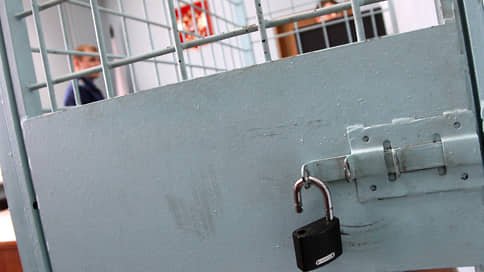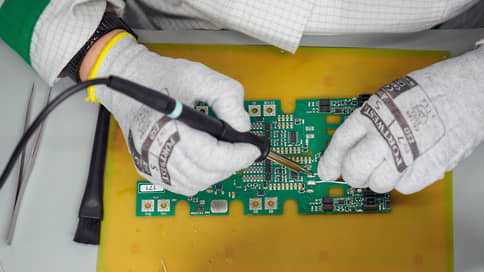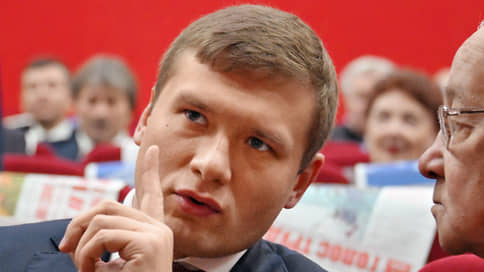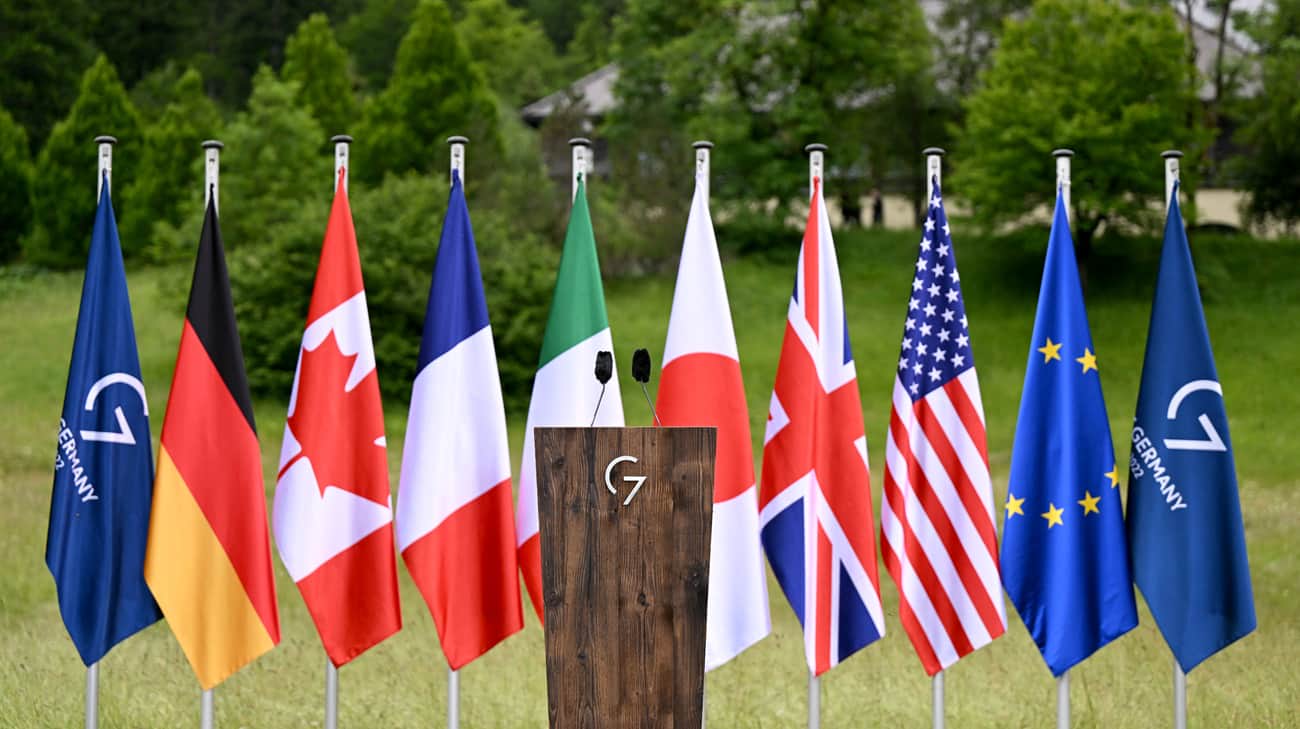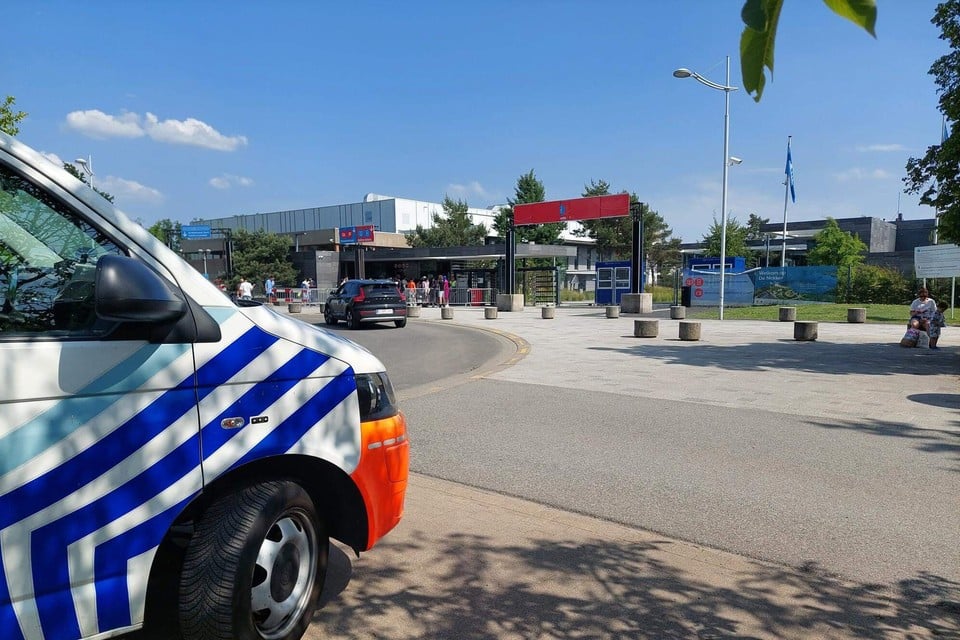Prices for the main pvc brands are reduced for the second month
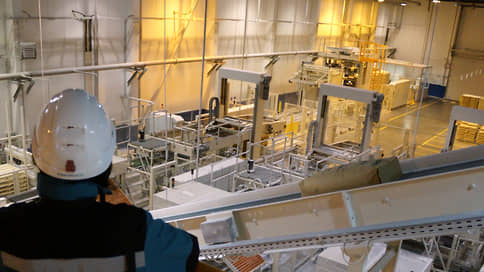
The cost of one of the main types of polymers – used in the construction of suspension polyvinyl chloride, which caused anxiety of the federal antimonopoly service (FAS), is reduced all of April. According to market participants, such a trend against the background of weak demand and competition from Chinese resins will remain in May, when prices can fall by another 10% relative to April. But in a longer term, taking into account inflation, growth in costs and costs of logistics, manufacturers will be forced to raise the cost, experts believe.
Prices for the main brands of polyvinyl chloride (PVC) used in construction, medicine and packaging of products are reduced for the second month, the data of the “chiminsight” indicate, while at the beginning of the year they reached many -month maxima. The quotes of suspension PVC (PVC-S) began to grow actively in mid-January, and, according to Rupec, in early February, PVC prices rose to the level of 115–120 thousand rubles. per ton, which is 9-10% higher than the peak values of the last year.
Against the background of such dynamics, in early April, the FAS sent requests to the largest manufacturers of the Sayanskihimplast PVC, the Bashkir Soda company and Kaustic, which together occupy about 60% of the Russian market, about the reasons for changing their products to exclude their unreasonable growth. The agency also recommended that companies develop trading policies selling this polymer and warn the distributors about the need to comply with the principles of responsible pricing. FAS “Kommersant” reported that at present there were no complaints and appeals from market participants and consumers for rising PVC prices.
In early April, according to the “chiminsight”, the prices of PVC-C manufacturers with a strength coefficient of 64/67 (brand K = 64/67) with a supply of 500 tons were in the range of 103–105 thousand rubles. per ton. At the beginning of the month, experts indicate, the companies were forced to make significant price concessions against the background of a sufficient offer, as well as the presence of cheaper imported resin on the market (Chinese raw materials offered 98-100 thousand rubles per ton).
Toward the end of the month, demand remained weak, experts say. “The traders actively sold the Chinese resin, waiting for new supplies in May, and consumers were in no hurry to replenish PVC-s reserves on the eve of long May holidays, as some of the companies plans to stop on the holidays,” explains Sanjar Turgunov, director of Himinsight. He notes that an excess of the supply of resin of the brand K = 64/67 is preserved on the market, which in low demand conditions continues to exert pressure on domestic prices. According to preliminary information, manufacturers began to declare their price offers for May for large customers (from 500 tons) for the brand from K = 64/67 to 92–93 thousand rubles. per ton. Thus, the fall relative to the end of April can be more than 10%.
The head of the Rupec Dmitry Semyagin explains that a speculative factor played an important role in February-Marte when individual sellers tried to use the incident at the Sibur Sibur-Kstovo plant (a raw materials supplier for another company, Rusvinil, occupies about 40% of the Russian PVC market), which suffered from drones. Although the company immediately stated that the enterprise has warehouses, rumors about the upcoming shortage of PVC have become an additional driver in price growth.
A similar influence can also be expected from the situation with Sayanskchimlast, whose owners received claims from the Prosecutor General. A long trial may serve as a reason for speculative price growth, Mr. Semyagin believes, although formally the lawsuit with the owners is not reflected in the production process.
The expert explains the current price balance in many respects in slight demand related to stagnation in the construction industry, since the segment of plastic windows in Russia is key for PVC-s.
In the long run, he believes, an important factor that affects prices, the general inflationary pressure on manufacturers will remain. It also recalls that PVC manufacturers suffered serious costs to replace the dropped imports of catalysts and other components. In addition, since 2022, large petrochemical companies began to take over the previously unusual functions to maintain their customers: the costs of logistics from the Asian countries, compensation for investment stths through various support programs, etc. “It is clear that polymers’ producers will not be able to restrain prices for a long time. Therefore, in the long run, the ascending trend, despite the current volatility of prices, should be preserved, ”says Dmitry Semyagin.

